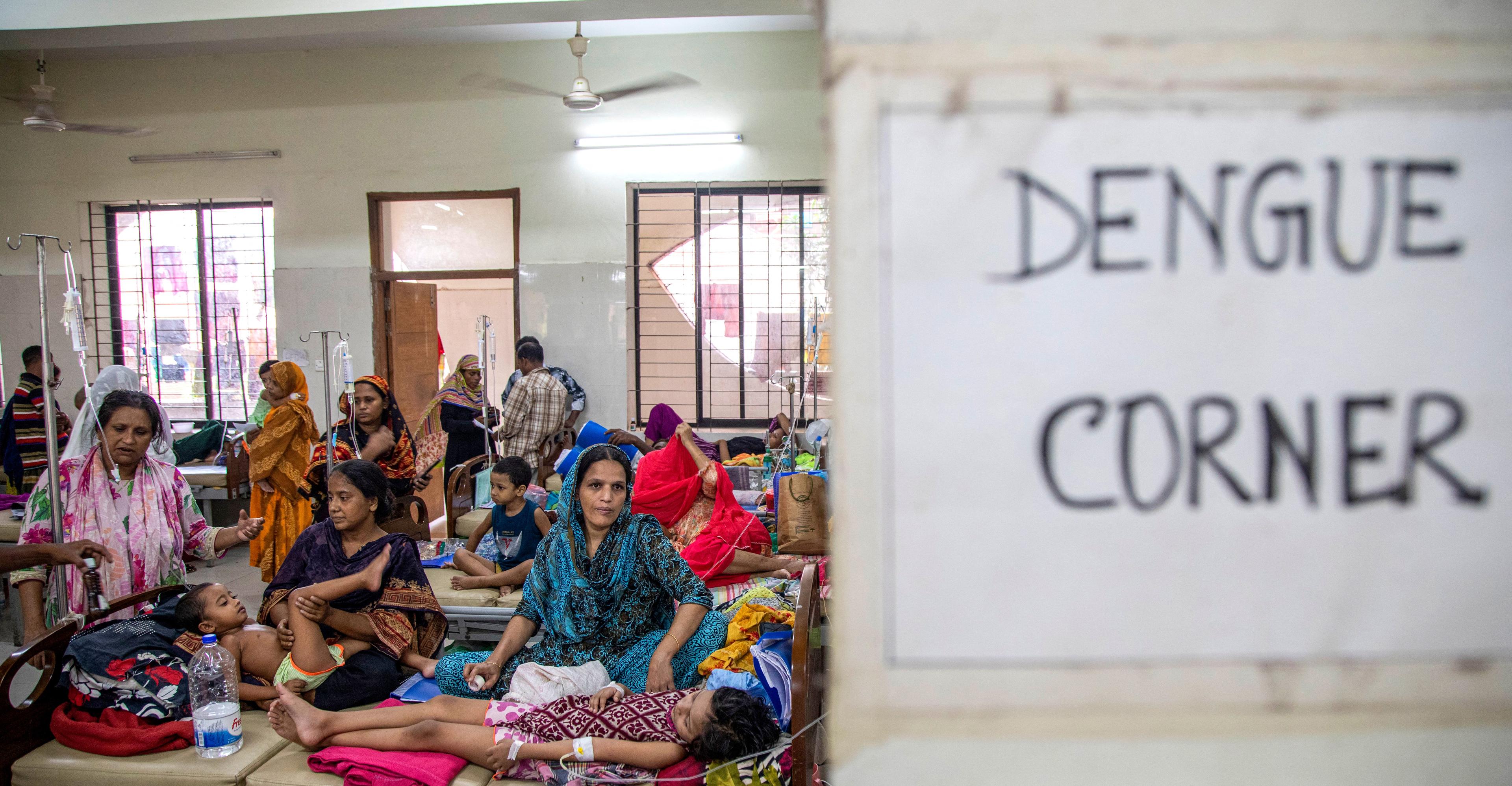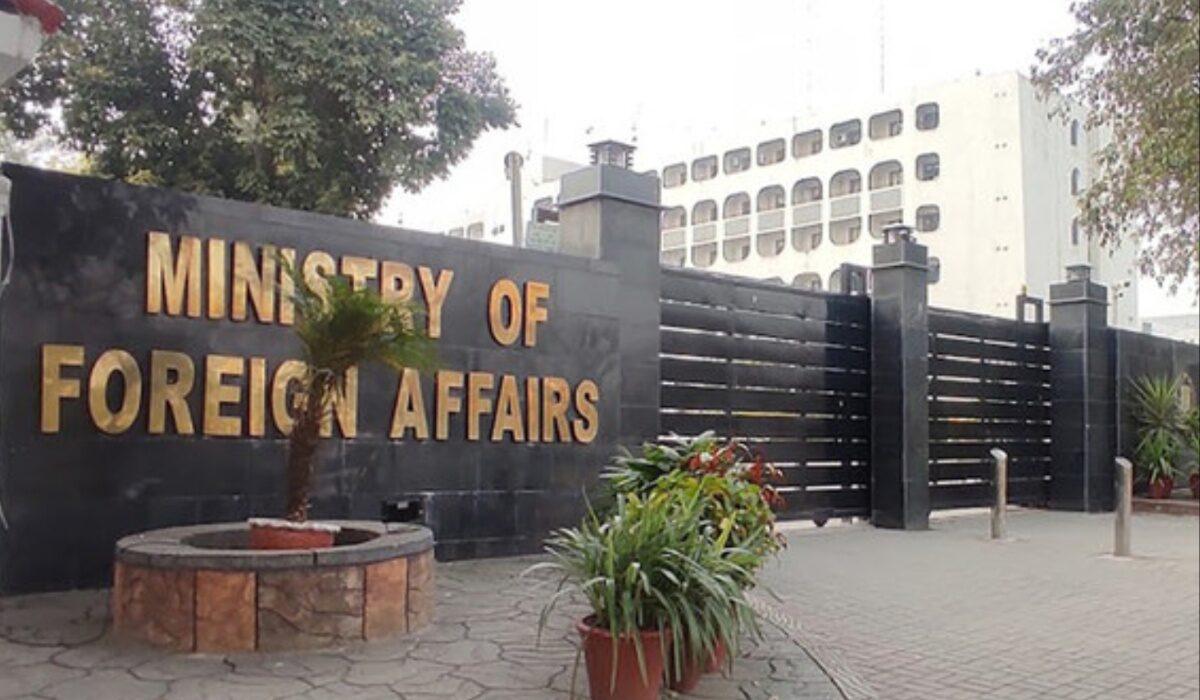Last week, the Centers for Disease Control and Prevention (CDC) released a report on their 2023 Youth Risk Behavior Survey (YRBS). The report includes data on a wide range of health-related behaviors of high school students in the United States, and breaks do…

Published a year ago on Aug 20th 2024, 12:00 pm
By Web Desk

Last week, the Centers for Disease Control and Prevention (CDC) released a report on their 2023 Youth Risk Behavior Survey (YRBS). The report includes data on a wide range of health-related behaviors of high school students in the United States, and breaks down these behaviors across different demographics. The results underscore the fact that we’re in the middle of a youth mental health crisis that has been steadily worsening for years — one that is particularly acute for LGBTQ+ youth. According to the report, 41 percent of LGBTQ+ teens seriously considered suicide during the previous 12 months, 32 percent made a plan to do so, and 20 percent attempted to end their own life. By comparison, 13 percent of cisgender and heterosexual students seriously considered suicide, 11 percent made a plan, and 6 percent attempted suicide. While LGBTQ+ representation and rights have improved in the last few decades, large swaths of queer and trans kids are still living in an environment that is deeply hostile to their very existence. There’s a long and ongoing conservative culture war that aims to reverse what progress has been made in recent years for the LGBTQ+ community, culminating in legislation and policies that harm LGBTQ+ youth, like restricting gender-affirming health care, forcing schools to out queer and trans students to their parents, and banning books that have LGBTQ+ content. To understand how we can help bring down these stark mental health disparities for LGBTQ+ teens, it’s critical that we first look at the overall youth mental health crisis, and the unique challenge that LGBTQ+ teens are facing on top of it. The state of youth mental health It’s never been easy to be a teenager, but today’s youth are clearly facing a mental health crisis. Suicide is one of the leading causes of death for teens in the United States. They’re more depressed and anxious. And it’s only been getting worse since the early 2010s. For the 2023 report, which is conducted every other year, over 20,000 questionnaires were filled out by students from 155 schools across the US. The CDC researchers found that while some improvements have been made for youth health and well-being, largely all other mental health indicators worsened. We shouldn’t overlook the small glimmers of hope, though. Hispanic youth who made a plan to kill themselves dropped from 19 percent in 2021 to 16 percent in 2023. And in that same time period, Black students who attempted suicide dropped from 14 percent to 10 percent. --- Worried about a child or teen’s mental well-being? Here are some online resources to learn more about symptoms, treatment strategies, and how to help. * Effective Child Therapy is a resource from the Society of Clinical Child and Adolescent Psychology. The website has information on the emotional concerns, symptoms, and disorders that commonly impact teens (divorce, bullying, body image, anxiety, depression, and more) — and the evidence-based therapies that can help. * The American Academy of Child and Adolescent Psychiatry has information for parents on how to spot symptoms of mental health issues, and where to seek help. * The Clay Center for Young Healthy Minds has educational articles on mental health issues, as well as many links for where to turn when searching for particular support groups, programs, and therapies. * The Crisis Text Line is a text messaging-based service for people enduring “any type of crisis.” And the National Suicide Prevention Lifeline is a phone-based service. * The Trevor Project is a crisis helpline for LGBTQ+ youth. It can be reached at 1-866-488-7386. --- But for LGBTQ+ youth — which the report indicated had higher rates of suicidality than all other groups — there just isn’t enough comparable data yet to show a trend over time in the YRBS. 2015 was the first year that the CDC started measuring sexuality as a demographic, but it only included lesbian, gay, and bisexual as options to pick from. In 2021, they adjusted that to include students who were questioning their sexuality. Only this most recent report now includes transgender students. Because of these changes in measurement, it will take years for us to get a more accurate picture of how LGBTQ+ mental health is faring. And while the report gives us a lot of helpful information, it doesn’t give us data for youth who hold multiple identities, like LGBTQ+ youth of color — who face unique challenges of their own. “Queer youth of color, trans youth of color, are dealing with stigma tied to not just being queer and youth of color, but also the intersecting stigma of both,” said Allen Mallory, an assistant professor of human development at Ohio State University. Navigating the intersection of these identities can be stressors for LGBTQ+ teens of color, Mallory says. There is no one singular force to blame for why teens are suffering from poor mental health and suicidal thoughts, but researchers have some hypotheses. A big debate in youth mental health is the use of social media and smartphones, with some researchers pointing to these digital tools as a major driver in worsening trends. But other experts argue that phones and social media are not the driving force behind declining mental health for youth — and have pointed out that for kids who lack connection in real life, finding community online is a real solace. The developmental collision It might seem surprising that LGBTQ+ youth mental health appears to be worsening even as the social atmosphere on LGBTQ+ rights has largely improved in recent decades. So why hasn’t that translated to improved mental health? The apparent paradox may have an explanation. Broader acceptance of LGBTQ+ people has allowed for more visibility and for people to come out as queer or trans at younger ages. That means instead of coming out as a young adult or even later on, kids are coming out in early adolescence. But that particular period of human development — being a teenager — is a heightened time of self-consciousness and peer regulation, especially for precisely those younger teens who are also in the process of coming out. Stephen Russell, a professor and director of University of Texas at Austin’s School of Human Ecology, calls this “developmental collision.” “Kids are coming out right at this time that, developmentally, is the most they’re most attuned to regulating each other,” says Russell. For LGBTQ+ youth, this period of peer regulation can mean facing bullying and discrimination from their classmates on the basis of their sexuality or gender — a unique challenge that comes on top of typical teenage challenges. (Staying in the closet isn’t a solution, either. Kids deserve to be their authentic selves, not shamed into hiding.) “The dynamic of coming out at a younger age in these times elicits and invites and creates the possibility for wonderful things, but also for stigma and other kinds of vulnerability,” he added. Other bigger, structural and environmental issues play a part in this mental health crisis. From climate change to growing gun violence, finding safety and stability — crucial for mental and physical well-being — has taken a toll. The Covid-19 pandemic, in which over 200,000 kids under 18 lost a parent or caregiver as of 2022, can’t be ruled out either. And a culture war on “wokeness,” raised by conservative politicians and pundits, has aimed to reinvigorate animosity toward youth of color and LGBTQ+ teens. To be clear, the fault is not on these teenagers for going through basic developmental periods, or for being LGBTQ+, or for struggling with big issues. What it does mean is that LGBTQ+ youth are facing unique challenges that must be recognized when creating and implementing interventions for their mental health. How to help LGBTQ+ youth The field of LGBTQ+ youth mental health is still evolving, and along with it, how to approach the subject from a clinical and public health perspective. But there are a lot of promising interventions to tackle this crisis. From a more macro perspective, implementing practices that reach people in their day-to-day life is key. For teens, a big part of everyday life involves school. One simple (and almost painfully obvious) practice to start with is inclusive, enumerated policies for LGBTQ+ youth — basically, protection from bullying and discrimination. “These policies we see at the state and school district level have really big implications for how LGBTQ youth experience school in their day to day life,” said Jessica Fish, an associate professor and the director of the Sexual Orientation, Gender Identity, and Health Research Group at University of Maryland’s School of Public Health. Multiple studies have shown that LGBTQ+ students at schools with inclusive, enumerated policies experience less victimization and bullying — two things that can really impact a kid’s mental health. But according to the Movement Advancement Project, a nonprofit think tank focused on equality and democracy, 53 percent of LGBTQ+ people live in a state with no law protecting LGBTQ+ students from bullying in school, and 42 percent live in a state with no law protecting these teens from discrimination. If tackling state law feels too big, starting with an individual school community can work too. Take gender and sexuality alliances (GSAs, formerly known as gay-straight alliances). They’re student-led clubs that give LGBTQ+ and allied students a way to connect, support one another, and learn from each other. All of the public health experts I spoke to brought up GSAs — and there’s a lot of strong evidence that shows these groups can create a safer school climate and lower the risk of suicide and depression. While researchers have a lot of good information on what’s working for improving the mental health of LGBTQ+ youth, there’s still a lot of room for more data. This is especially true when it comes to understanding what works for trans youth and LGBTQ+ youth of color. It’s also important to note that while there is absolutely a mental health crisis for LGBTQ+ youth, many go on to become content, productive adults. It’s not their identity that sentences them to depression or suicide — it’s the stigma and discrimination they face in their homes, schools, and institutions, at a time when their age makes them deeply vulnerable and reliant on their surroundings. There are many barriers to getting clinical help or implementing measures in schools. Understandably, that can feel like an uphill battle for LGBTQ+ youth and their families. But nothing is impossible, says Fish. “These are things that will take mobilization, that will take a large degree of advocacy and grassroots support within the community,” she told me. “So I do think all of these are possible, but I think it’s just trying to figure out where the vantage point for change is.” A version of this story originally appeared in the Future Perfect newsletter. Sign up here!

Assailants kill cop, brother in gun attack in KP’s Lakki Marwat
- 4 hours ago
Bollywood studio Bhansali Productions to sell future film music to Saregama India
- 7 hours ago
Sabalenka named WTA Player of the Year for second straight season
- 7 hours ago
Tagic Army Public School (APS) Peshawar incident completes 11 painful years
- 3 hours ago

Gold prices dip per tola in Pakistan, global markets
- 7 hours ago
Former Punjab CM Manzoor Wattoo passes away at 86
- 7 hours ago
Pakistan qualify for semi-final of under 19 Asia Cup cricket
- 4 hours ago
Bondi gunman’s Indian family had no knowledge of his radicalisation, Indian police say
- 7 hours ago

Zillow’s short-sighted move to overlook climate risk
- 10 hours ago
AI boom seen lifting chipmaking equipment sales 9pc to $126bn in 2026
- 4 hours ago

Young Leaders Conference 2025 highlights social stewardship on day two
- 4 hours ago

Why Republicans in Congress are turning against Trump
- 19 hours ago
You May Like
Trending




